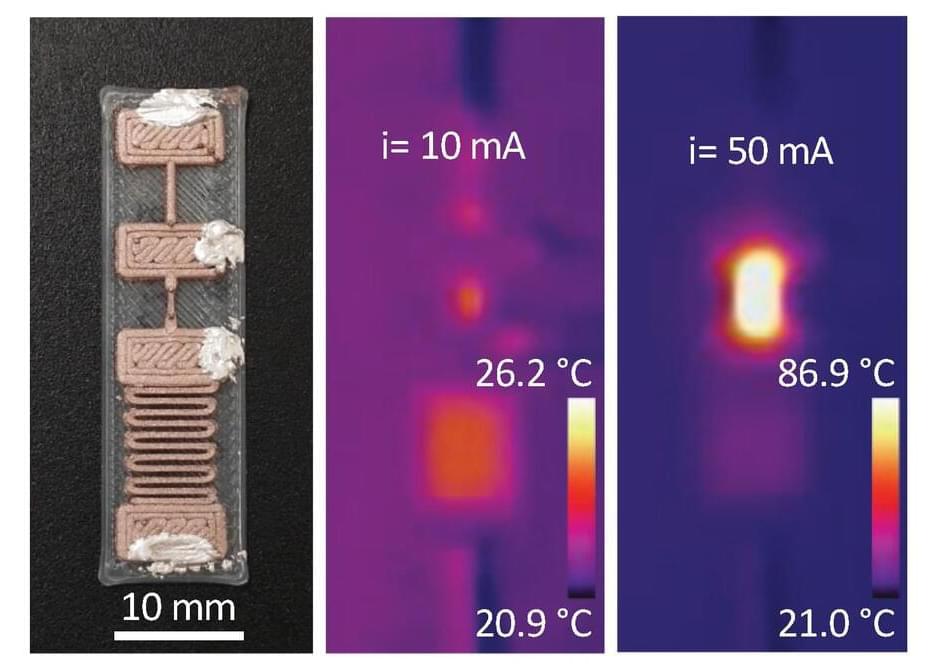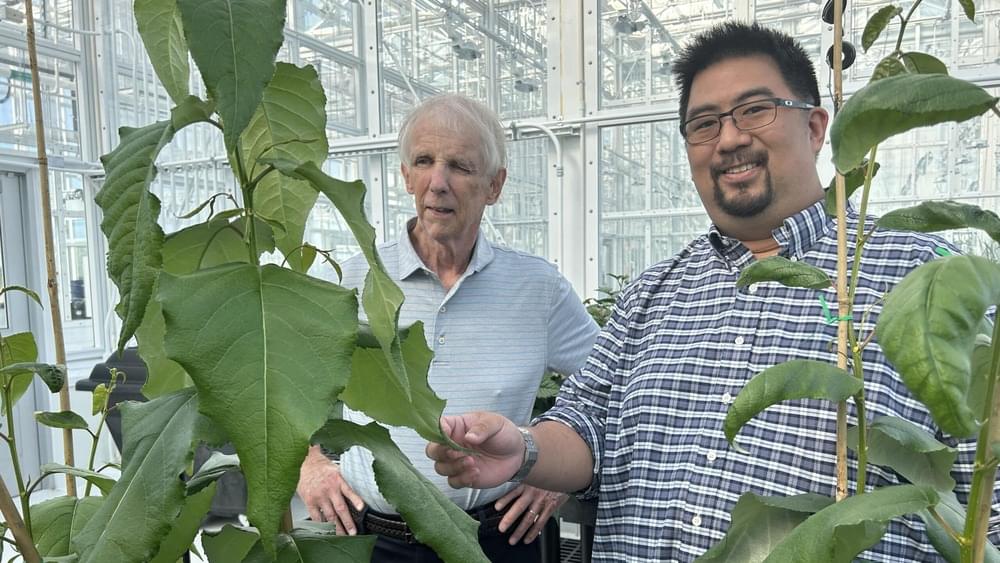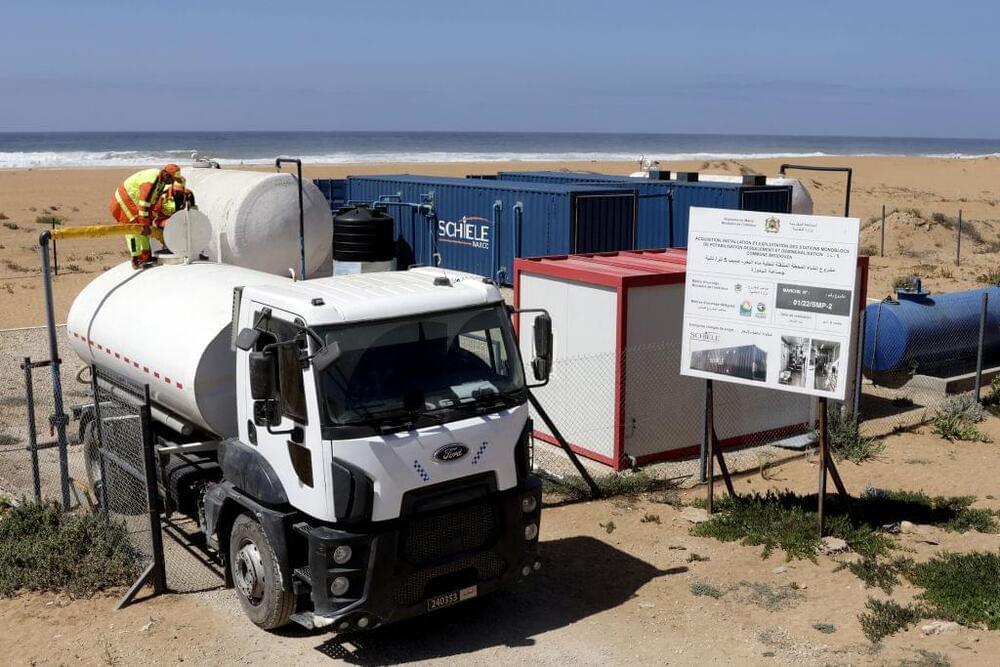Analyze the NVIDIA Container Toolkit CVE-2024–0132 vulnerability and its implications for AI system security with recommended remediation steps.





The Internet Archive was breached again, this time on their Zendesk email support platform after repeated warnings that threat actors stole exposed GitLab authentication tokens.
Since last night, BleepingComputer has received numerous messages from people who received replies to their old Internet Archive removal requests, warning that the organization has been breached as they did not correctly rotate their stolen authentication tokens.
“It’s dispiriting to see that even after being made aware of the breach weeks ago, IA has still not done the due diligence of rotating many of the API keys that were exposed in their gitlab secrets,” reads an email from the threat actor.
The latest generations of Intel processors, including Xeon chips, and AMD’s older microarchitectures on Linux are vulnerable to new speculative execution attacks that bypass existing ‘Spectre’ mitigations.
The vulnerabilities impact Intel’s 12th, 13th, and 14th chip generations for consumers and the 5th and 6th generation of Xeon processors for servers, along with AMD’s Zen 1, Zen 1+, and Zen 2 processors.
The attacks undermine the Indirect Branch Predictor Barrier (IBPB) on x86 processors, a core defense mechanism against speculative execution attacks.

Active electronics — components that can control electrical signals — usually contain semiconductor devices that receive, store, and process information.
Researchers produced 3D-printed, semiconductor-free logic gates, which perform computations in active electronic devices. As they don’t require semiconductor materials, they represent a step toward 3D printing an entire active electronic device.

Lignin, a…
Trees are the most abundant natural resource living on Earth’s land masses, and North Carolina State University scientists and engineers are making headway in finding ways to use them as sustainable, environmentally benign alternatives to producing industrial chemicals from petroleum.
Lignin, a polymer that makes trees rigid and resistant to degradation, has proven problematic. Now those NC State researchers know why: They’ve identified the specific molecular property of lignin — its methoxy content — that determines just how hard, or easy, it would be to use microbial fermentation to turn trees and other plants into industrial chemicals.
The findings put us a step closer to making industrial chemicals from trees as an economically and environmentally sustainable alternative to chemicals derived from petroleum, said Robert Kelly, the corresponding author of a paper in the journal Science Advances detailing the discovery.
Amazon is using a new, proprietary AI solution called Vision-Assisted Package Retrieval (VAPR) to reduce the time and effort it takes for delivery drivers to locate packages in their vans. Is it a game-changer, or more AI VAPR-ware?
Somewhat lost in the hype surrounding the Tesla “We, Robot” event on 10/10 was an AI press release from Amazon that promises to improve the lives of the people who use it today, rather than two years from now.
VAPR makes Amazon delivery drivers’ lives easier by automatically identifying the packages to be delivered at a given stop. The system then project a green “O” on all packages that will be delivered at that stop, and a red “X” on all other packages. When the driver picks up all the “correct” packages, VAPR delivers an audible cue to help ensure no packages get left behind.

